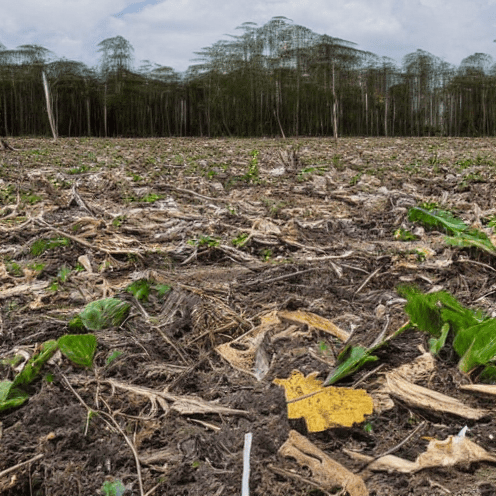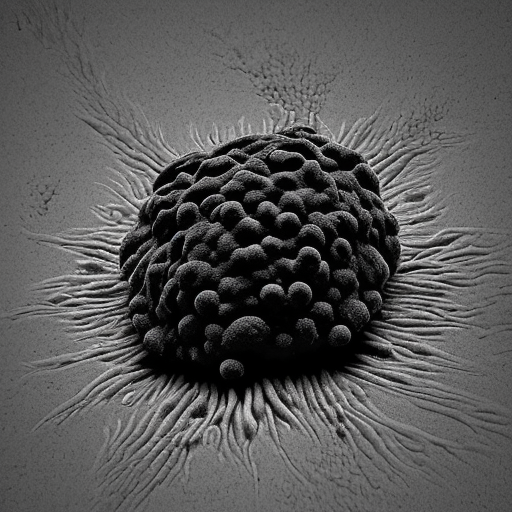One of the most important concepts I learned in economics is the idea of opportunity costs. Every action we take has a cost, not just the cost of the action itself, but the cost of *now not being able to do something else* with either the time or money or both that we just spent.
A simple example: a company only has 100$ to invest in a machine. If they buy the machine that makes blue widgets, they can’t also buy the machine that makes red widgets. Thus, buying the blue widget machine doesn’t *just* cost 100$, it also has the *opportunity cost* of not buying the red widget machine.
There are also opportunity costs with time, if you decide to go to Europe for your holiday vacation, you can’t also go to South America at the same time. So the cost of going to Europe isn’t just the cost of the time and the tickets, it’s also the opportunity cost of not going to South America (or anywhere else) as well.
As an aside, this is why for some people it can make sense to NOT go to college EVEN IF college were totally free. The cost of going to college includes the *opportunity cost* of not having a full-time job (if you’re a full-time student).
A comedian once made a joke that, after graduating college he couldn’t find any work “because the dropouts already had the jobs.” A funny joke, but it demonstrates a point: You spend 4 years getting a degree, but if that degree doesn’t measurably increase your employment prospects, you could have been better off spending those 4 years getting work experience at a full-time job. You could not only get the money that a full time job gives you, but the experience itself would increase your employability and ability to get better jobs.
So the education and degree you’re seeking needs to increase your employability *more* than just doing 4 years of work. If not, then it’s a net loss *even if your education was free* because you had the *opportunity cost* of not getting those 4 years of work experience.
But I didn’t want to blog about college, I wanted to blog about Civilization again.
The non-gamers in my audience may be tired of my gaming blogging, but I’ve spent a lot of this holiday season playing Civ IV and Civ VI with friends, so I’ve been thinking about this.
I complain that in Civ VI, some of the leaders seem to have traits that are utterly worthless, they don’t feel like they improve your Civ’s abilities any more than having a vanilla Civ with *no* traits. Eleanor of Aquitaine is one of these, her ability to culture-flip cities feels very underpowered and completely useless, and doesn’t make her any more powerful than a Civ that doesn’t have any abilities at all.
My friend shoots back at this by saying that if you put a lot of resources into it, you can set up a situation in which you culture-flip whole continents in an instant. And yes, this is theoretically possible. Does that mean Eleanor is “very powerful in the right circumstances?” No. Because of *opportunity costs*.
See, the cost of putting all your resources into Eleanor’s culture-flipping ability is that *you can’t put those resources into other things*. You can’t research technologies or build military units if you are instead spending your entire GDP on culture buildings. Culture isn’t free, and it doesn’t just cost what it costs to produce it, it has the *opportunity cost* of not doing anything else with that money and production.
So in any situation where Eleanor can “culture flip a continent” by spending an absurd amount of resources on culture, any other Civ could just use those resources to win the game with military, or science, or even diplomacy.
Eleanor’s ability is useless not because you *can’t* use it to do things, but because the amount you have to spend to make her ability not-useless could instead be better used to win the game in *any other way at all*. Her ability has an *opportunity cost* in that if you try to use it to its fullest, you are by definition not using those resources on better strategies that will win you the game more easily.
And that’s what I feel about a lot of the Civ VI leaders. Some leaders have abilities so minor they don’t feel impactful. Some have abilities that completely change the nature of the game. And some like Eleanor have these abilities that are actually traps, because the opportunity cost of trying to use their ability to its fullest makes you worse off than if you’d ignored their ability and played the game normally.
People didn’t like Civ IV’s leader system because every leader drew from a limited pot of abilities. Gilgamesh is Creative/Protective, while Catherine the Great is Creative/Imperialistic. From my perspective, that’s unique, *no one but Gilgamesh has that specific combination of traits*. From other people’s perspective though “they’re both creative so they’re too similar to be cool.”
These people who say this seem to really be drawn to Civ VI because every leader has *completely unique abilities* not seen anywhere else. But from my perspective “many of those abilities are worse to use than just ignoring the ability and playing the game normally.” Leaning into your “special ability” can have an opportunity cost, and no one but me seems to recognize this.
So in the future, please think about opportunity costs, both for college and for your video games. Making a nation have a super special ability isn’t actually cool if leaning into that ability makes you worse off than if you’d ignored it and played the game normally. Opportunity costs are real, even if not everyone understands them.

